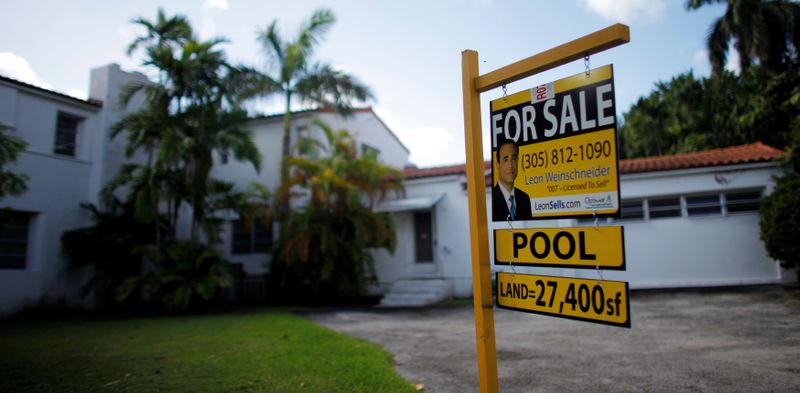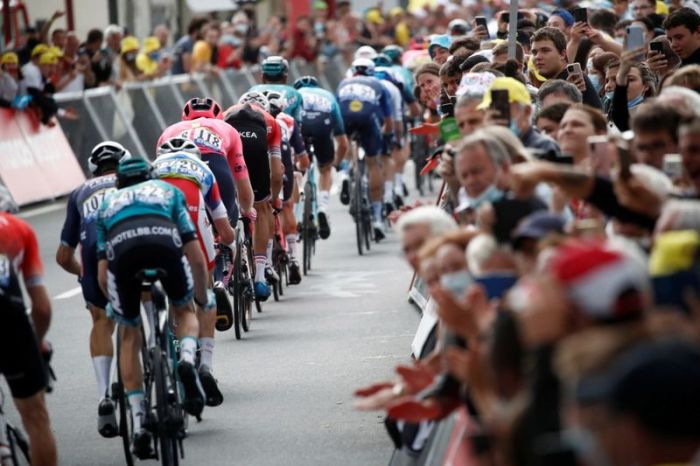(Reuters) -Contracts to purchase previously owned U.S. homes rose by the most in 11 months in May driven by a decline in mortgage rates as well as an uptick in listings.
The increase could signal some imminent relief from the shortage of homes for sale that has weighed on sales and driven residential property prices to record highs.
The National Association of Realtors (NAR) said on Wednesday its Pending Home Sales Index, based on contracts signed last month, rose 8.0% to 114.7. Economists polled by Reuters had forecast pending home sales would decline 0.8% percent.
Pending home contracts are seen as a forward-looking indicator of the health of the housing market because they become sales one to two months later.
“May’s strong increase in transactions – following April’s decline, as well as a sudden erosion in home affordability – was indeed a surprise,” Lawrence Yun, NAR’s chief economist, said in a statement.
Compared with one year ago, pending sales were up 13.1%.
New and existing home sales have fallen sharply this year because of a shortage of houses on the market, and the limited supply has resulted in skyrocketing home prices.
But Yun said listings were up recently – with the inventory of existing homes climbing to 2.5 months’ supply at recent sales rates, the highest since last October, according to NAR data.
He also pointed to an easing in borrowing costs as a factor helping to lift the volume of contract signings.
After hitting record lows below 3% late last year, the interest rate on 30-year fixed rate mortgages climbed sharply in the first quarter, but then fell back somewhat in May. The average contract interest rate for traditional 30-year mortgages was 3.20% last week, according to the Mortgage Bankers’ Association..
“Home price growth will steadily moderate with increased supply, but a broad and prolonged decline in prices is unlikely,” Yun said. “However, if a reduction occurs in some markets, homebuyers will view the lower home price as a second-chance opportunity to get into the market after being outbid in previous multiple-bid market conditions.”
(Reporting by Evan SullyEditing by Paul Simao, Aurora Ellis and Dan Burns)























